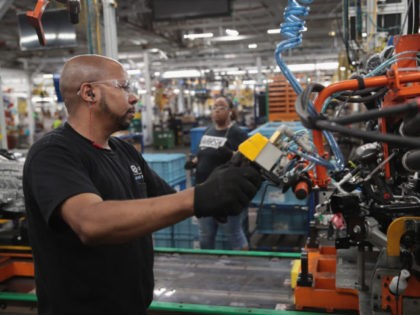U.S. Growth Picks Up Despite Decline in Tariff Front-Running
U.S. economic growth accelerated in March, driven by a strong rebound in the services sector that more than offset a renewed decline in manufacturing.
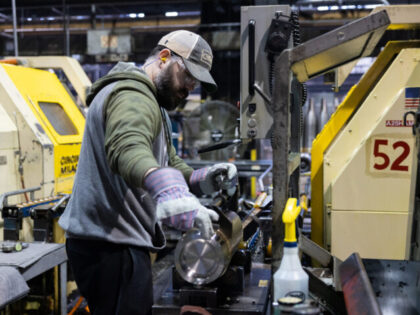
U.S. economic growth accelerated in March, driven by a strong rebound in the services sector that more than offset a renewed decline in manufacturing.

S&P Global PMI Shows Strongest Growth Since 2022, While ISM Reports Weaker Demand
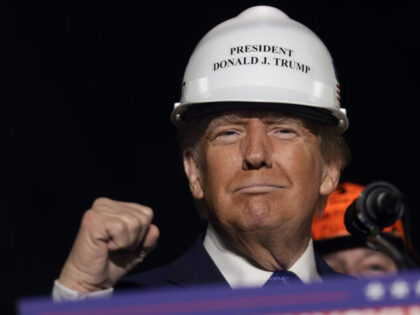
The latest S&P Global Flash U.S. Manufacturing PMI rose to 50.1 in January, inching above the threshold that separates expansion from contraction. This marks a significant turnaround for an industry battered by months of declining demand and production setbacks.

Inflationary pressures, however, are heating up again.

The Institute for Supply Management’s latest survey shows manufacturing slumped for the 8th straight month in August.

Businesses stay optimistic as inflation stubbornly persists and Fed keeps rates high.

The US economic upturn lost momentum at the start of the second quarter and employment contracted in the services sector, a survey from S&P Global showed.

After 16 months in contraction, the ISM manufacturing survey unexpectedly popped into positive territory.

“Firms are consequently investing in more staff and more equipment, laying the foundations of further production gains in the coming months to hopefully drive a stronger and more sustainable recovery of the manufacturing economy,” S&P Global’s economist said.

The economy appears to be growing much faster than the Fed expected, casting rate cuts into doubt.

The growth of the U.S. economy appeared to accelerate in October, with both the services and manufacturing sides of the economy growing, an early read of S&P Global surveys of businesses showed Tuesday. The S&P “flash” services-sector index rose to

Manufacturing remains in contraction, although the pace of the decline has eased. Services came closer to the threshold indicating a decline in activity.

The U.S. economy slouched toward stagnation in August, expanding at its weakest pace in six months, a key survey of business leaders indicated Wednesday. The S&P Global flash composite output index—a preliminary reading of survey results that combines both the services

Growth is slowing in services and manufacturing remains in a slump. Inflation is proving to be a “sticky” concern.

You could not wish for a better illustration of how hard it is to read the economic signals these days than the dueling services sector purchasing managers indexes released on Monday.
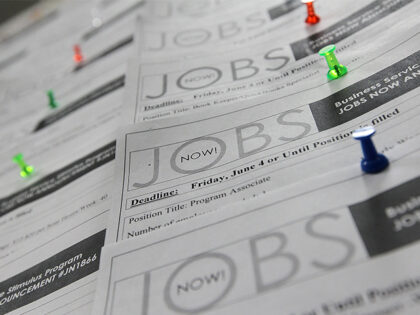
This is not the slowdown Jay Powell was looking for.
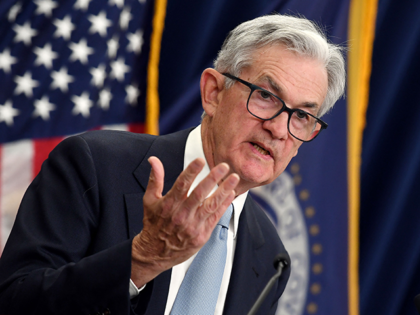
Another “no landing” report.

S&P Global’s survey indicates a second consecutive month of contraction.

S&P Global’s flash composite PMI indicates contraction for the fourth straight month.

Dueling surveys paint different pictures of demand and production.
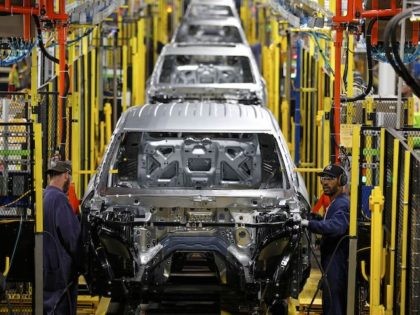
S&P Global’s PMI indicates a second month of contraction driven by a steep drop in services sector demand.

“The rising cost of living is the most commonly cited cause of lower sales, as well as the worsening economic outlook,” said economist Chris Williamson.

A worrying deterioration in the economy

The economy is on a path to contracting in the third quarter, according to the chief business economist at SP Global Market Intelligence.
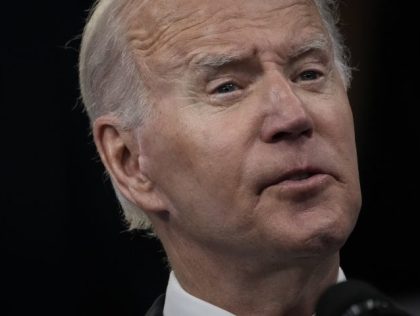
The S&P Global Manufacturing PMI comes in lower than expected as inflation drags down optimism and shortages weigh on production.

Prices paid for factory inputs rose substantially in April and at the fastest rate so far this year, the S&P Global U.S. Manufacturing purchasing managers index survey showed.

Inflationary pressures soared in April for both manufacturers and services sector businesses, hurting business confidence and the willingness of consumers to spend.

New orders and activity surged higher in March, pushing prices up at record pace.
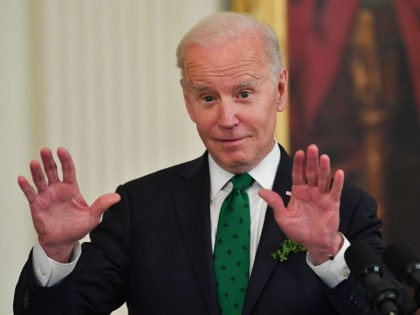
Inflation, supply chain disruptions, quarantines, and soaring virus cases have brought the U.S. economy to a near standstill at the start of the year.

Demand fell as customers worked through inventory backlogs. Shortages continue to hinder the ability of manufacturers to produce finished goods.
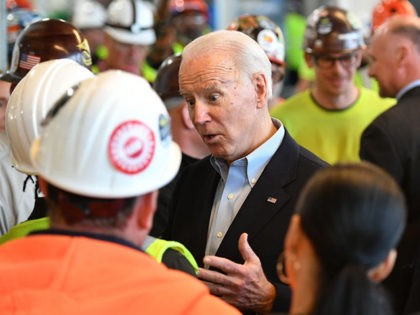
There are signs that the economy is at risk of overheating as demand outraces supply that to Biden’s huge deficit spending bill.
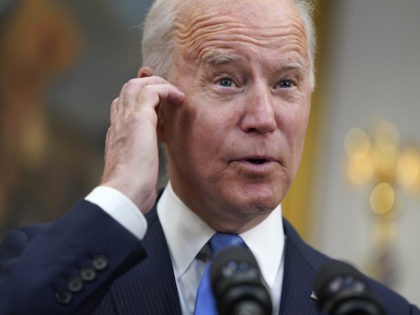
The strength of the U.S. economy as it reopens may become a stumbling block for the Biden administration’s big spending plans—which were partially based on the idea that the economy would need government aid to continue to grow.

The re-impositions of lockdowns and pandemic restrictions has slowed growth outside of the U.S.

The monthly manufacturing survey’s results show a bigger than expected rebound, pushing the purchasing manager index up at a pace not seen since 1980.

A dismal result from a survey of U.S. businesses indicates a slump in the service sector due to the coronavirus outbreak.

U.S. companies are adding workers as optimism rises. The service sector is growing rapidly while manufacturing growth still lags.

U.S. factories reported that new business kept rising in December, driving them to hire new workers
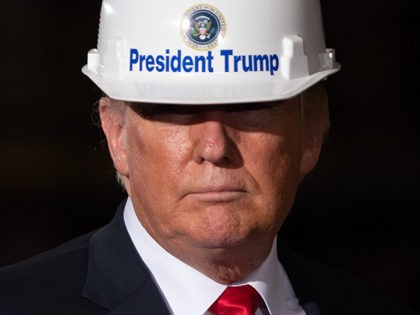
An economic “ray of light” shines forth from American factories after several months of gloom.
